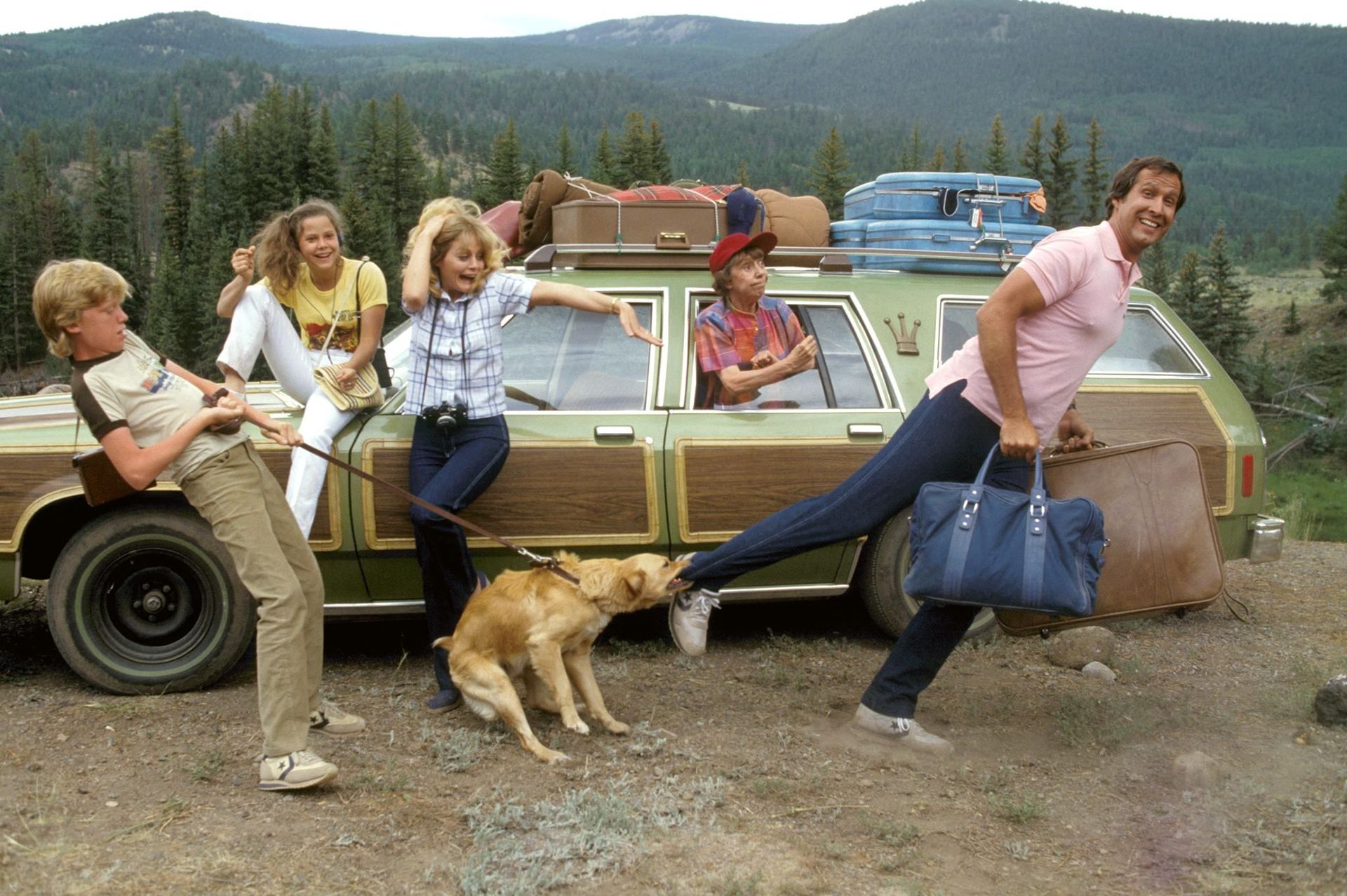The Seven Deadly Sins of Agency-land: Lust
Simon Culley • 30 October 2025
What I don’t do as a ‘Suit’ owning my own agency – the Seven Deadly Sins of Agency-land.
💋 Lust: Why chasing ‘sexy’ clients can leave you sore, broke, and creatively unfulfilled.
We’ve all seen it. The gleam in the eye. The breathless ambition. The starry-eyed agency falling head over heels for That Account. The one they just have to have. Doesn’t matter if it’s profitable. Doesn’t matter if the client is a tyrant. Doesn’t even matter if it makes sense. It’s a brand name with TV ads, exotic shoots, and maybe even a Cannes Lion in the distance.
And that, my friends, is lust.
Part 5 of this series is about a mistake agencies make over and over again: chasing glamour at the expense of substance. Mistaking name-dropping rights for real value. And worst of all, willingly suffering for the illusion of sexiness—like a lovesick intern clinging to a toxic situationship.
At Animo, we’ve taken a different approach—one rooted in real connection, mutual respect, and, shock horror… fair payment. Because while lust may be exhilarating, it almost always ends in disappointment.
I once had a particularly self-important Marketing Director try to justify another round of brutal fee negotiations by telling me (with a perfectly straight face) “Agencies dream of having a beer account like ours.”
Which, to be fair, he wasn’t entirely wrong about.
There are certain clients that agencies lust after like hormone-addled teenagers. Beer. Automotive. Luxury. You know the type. The fantasy involves jetting off to tropical locations, directing sunkissed commercials full of beautiful people frolicking in slow motion, endless product sampling (purely for “research”), and a budget that’s more suggestion than constraint.
But having worked on those very accounts—I can tell you, the fantasy is mostly bollocks.
One particularly glamorous example: I was shooting a TV commercial for a global beer brand in a studio in west London. At 2am, we were still on take 33 of a bottle slowly rotating in front of a curtain of flowing silk. I wasn’t on a yacht. I wasn’t sipping lager in the tropics. I was staring at condensation and thinking seriously about changing careers. The director was whispering to the stylist about the “sexual tension” between the label and the lighting. I was contemplating if it was possible to die from boredom and low blood sugar at the same time.
And yet… agencies chase these accounts. They clear their schedules, overcommit their teams, and start fantasising about award entries before the ink on the pitch brief is dry.
Meanwhile, solid B2B accounts—like tech, finance or industrial clients—get quietly parked in the corner like the sensible shoes at a fashion show. They're seen as boring, unglamorous. But here’s the twist: those accounts are often more rewarding, more creatively open, and actually more profitable.
Because what happens when an agency finally wins one of those “dream” clients?
Profitability goes out the window.
The team gets worked to exhaustion.
The agency stops challenging bad ideas, terrified of being replaced.
And the quality of the work? It drops. Because fear doesn’t breed bravery. It breeds bland.
That’s not to say that beer, automotive, or luxury clients can’t be deeply fulfilling. They absolutely can—and I’ve been lucky enough to experience that first-hand. But what makes those relationships valuable isn’t the category—it’s the chemistry. The trust. The mutual respect. The shared pride in the work.
In fact, when you reframe your parameters for success—based on pride in your work, mutual trust, and fair value—you’ll find you can get more joy out of marketing injection-moulded plastics than a superyacht brand with commitment issues. (Trust me. I’ve done both.)
A wise COO I once worked with—Max Tucker—summed it up beautifully:
“There are three types of account: the ones that pay the bills, the ones that get more clients, and the ones that win awards. Once a client stops being one of those things, it’s time for them to stop being a client.”
At Animo, we’ve evolved that slightly:
- Can we produce work we’re proud of?
- Are we fairly compensated?
- Do we trust and enjoy working with this client?
If the answer’s yes across the board, we’re in. That’s what turns lust into love. And six years in, our average client relationship spans five years or more. Not bad for an industry that typically measures retention in dog years.
Because at the end of the day, real relationships—not runway accounts—are what make this job worth doing.
Next time, we dive into Gluttony
— aka the agency habit of gorging on indulgences that impress no one, while starving the things that actually matter.
OTHER POSTS
© 2025 Animo Group Limited. All rights reserved.



